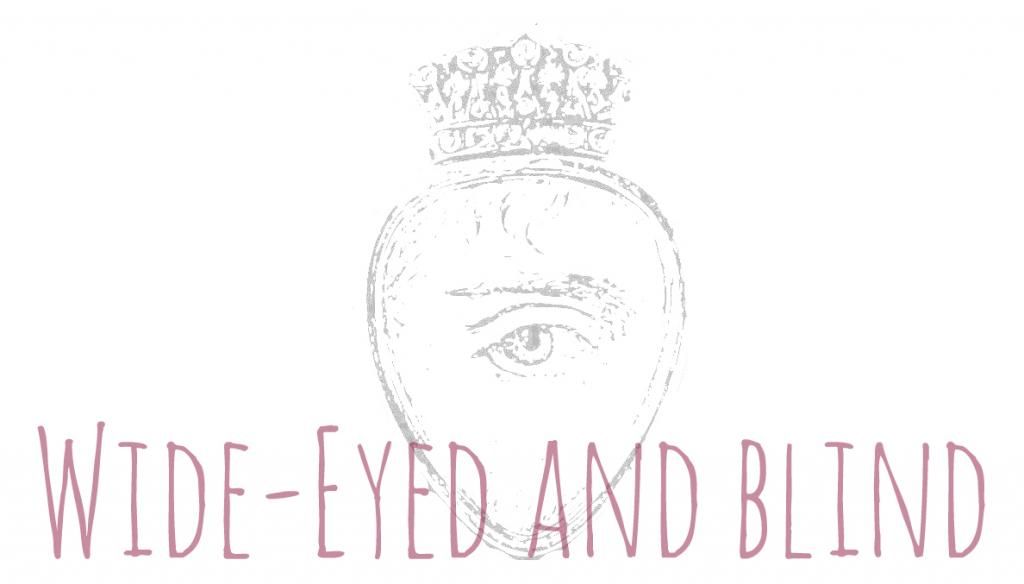And fashion. Fashion has always been interested in gender and how we wear it and can play with that, challenge it, change it.
Not that long ago, separate weeks were established for men's collections in several of the fashion capitals and, already, this idea is coming back into question with many designers showcasing womenswear and menswear together. Designers such as JW Anderson began in menswear and developed so many female fans that he was encouraged to produce a women's line. Yet, even then he constantly blurs the lines between the two. He is but one of a slew of menswear designers that is keen to adopts aspects of womenswear into his clothes for men. Even Selfridges', a long-standing fashion institution in Britain, had a unisex pop-up last year.
Hems in menswear, even in highstreet brands, drop lower and lower, kilts or skirts or skirt-like garments sneak in all over the place, whether being sported by Kanye West, worn by Jayden Smith in a photoshoot or embraced once more by men with heritages where they are traditionally worn.
Of course, Tom, Dick or Harry walking down the street probably isn't rocking an off-the-shoulder top or full-on dress but it's hard not to note a shift in the air.
Which brings us to Japan and the Genderless Kei movement which has been getting more and more press attention as of late, though those outside the media hype machine are loathe to actually call it a movement or subculture what with it being relatively young and difficult to pin down.
The movement has been adopted largely by straight (this is not the case for all proponents of the style but it is important to note that there isn't necessarily an overt connection with the LGBT scene or sexuality), fashionable young Japanese men interested in incorporating elements of female dress and grooming into their own wardrobes. Many are social media stars or models and work with big fashion and beauty brands.
The interesting thing to note is that these men are not trying to dress like women but to add typically female elements to their own sense of dress and normalise the combining of the two. They may wear make-up or colours, fabrics or items of clothing normally confined to womenswear but the overall look is still "masculine".
In this regard, the movement aligns with the fashion climate being seen all over the world but in a more coherent and active way.
But what does this all mean for the future of menswear?
Fashion subcultures often emerge in Japan and they can be quite influential, become international and have a wider trickle-down effect. The Genderless Kei movement, as I've said, fits into a larger trend or shift in fashion that has been a long time coming and has many historical precursors.
Will we see people rocking it on the daily worldwide anytime soon? Probably not but I'm all kinds of excited for the future of menswear all the same.
 |
 |
| Yohdi Kondo |
 |
| Pey |
 |
| Toman |
 |
| P-Chan |
 |
| Devil |
*
Liked this post? Want more?
Follow me here using google friend connect or bloglovin.

No comments:
Post a Comment